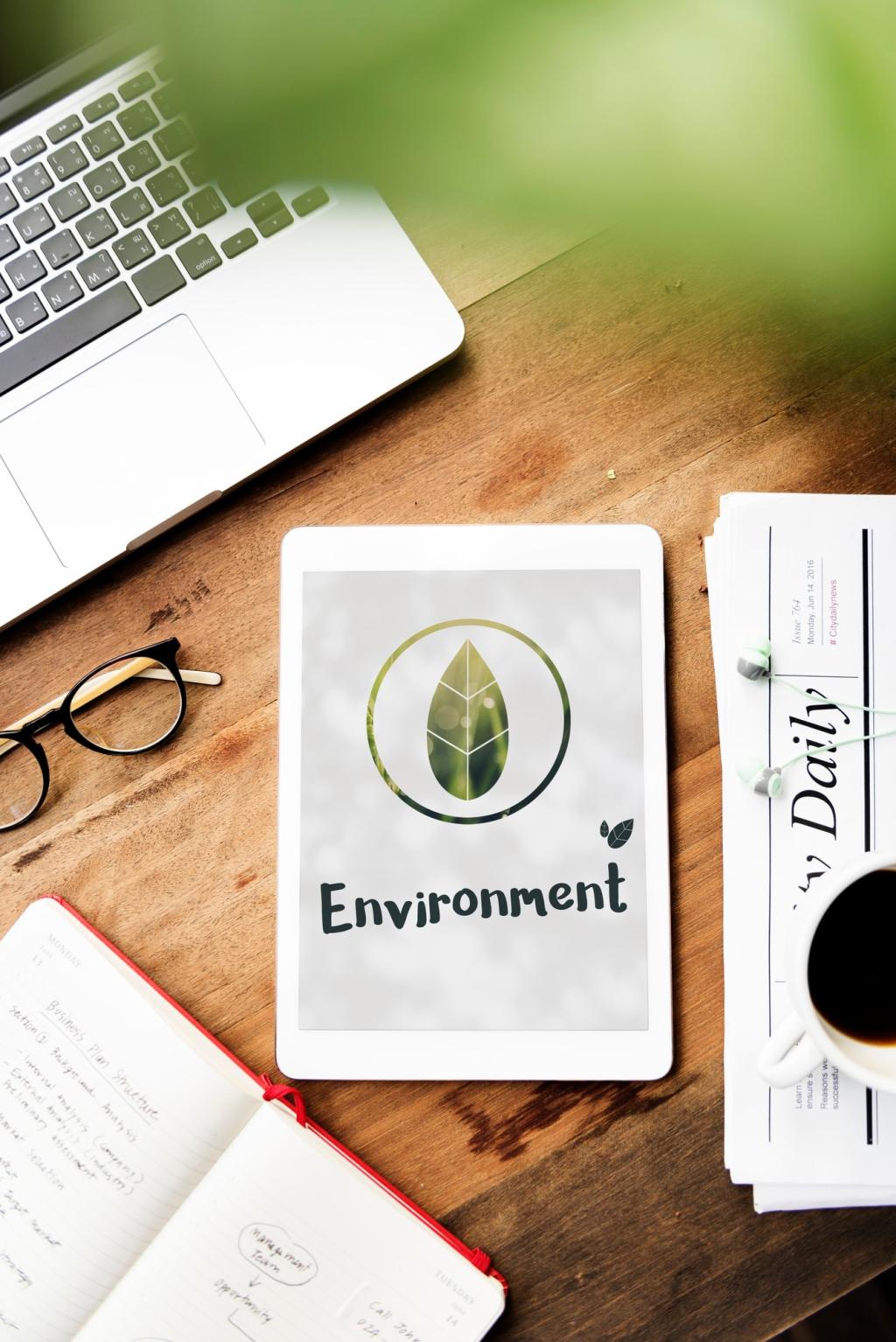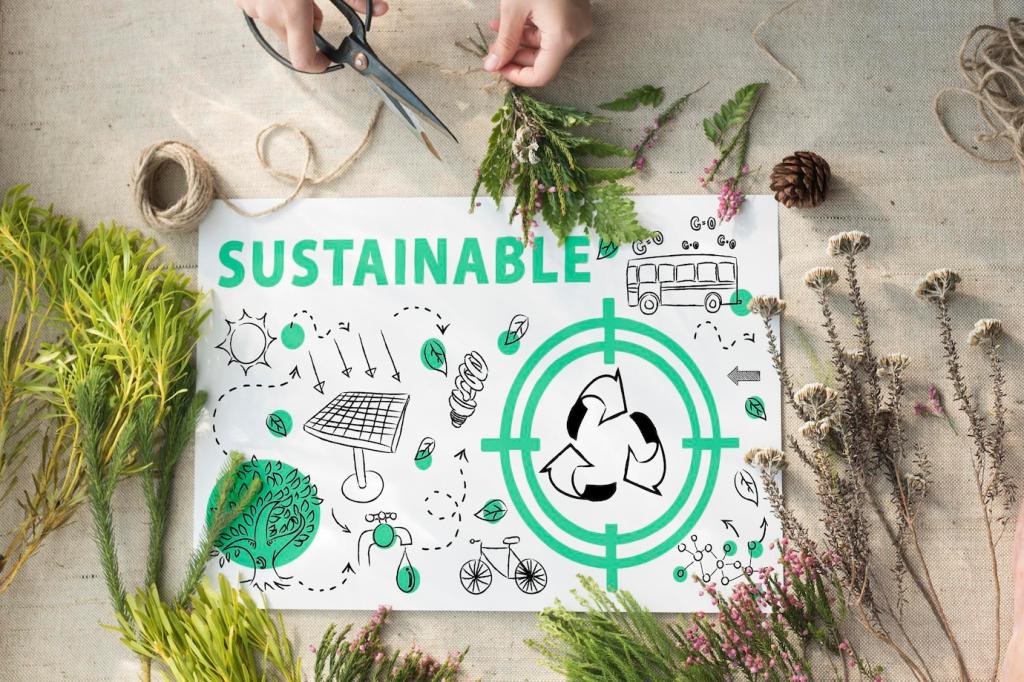Green Wall Covering Materials: Beautiful, Sustainable Surfaces for Inspired Spaces
Chosen theme: Green Wall Covering Materials. Explore eco-conscious wall finishes that balance health, performance, and design. Discover tactile textures, low-emission formulas, and planet-friendly stories. Join the conversation, share your experiences, and subscribe for fresh, practical inspiration.

What Makes a Wall Covering Truly Green
A green wall covering starts with a lower-impact lifecycle: responsibly sourced inputs, efficient manufacturing, smart transport, and real durability. Look for Environmental Product Declarations, repairability, and replaceable panels. Long-lasting surfaces reduce waste and cost while minimizing embodied carbon. Share your durability wins.


What Makes a Wall Covering Truly Green
Certifications simplify complex data. Greenguard Gold helps ensure low emissions indoors; FSC confirms responsible wood or cork sourcing; Cradle to Cradle evaluates material health and circularity; Blue Angel and HPD add transparency. Verify scope, not just logos, and bookmark trustworthy databases for future projects.

Bamboo and Cork: Rapidly Renewable Champions
Bamboo mat or veneer panels come from fast-growing grasses harvested in three to five years. Cork is stripped from living bark every nine years, keeping trees standing and habitats intact. Both add warmth and gentle resilience. Curious about finish options or edge details? Drop your dilemmas here.

Seagrass, Jute, and Hemp Wallpapers
Woven plant fibers offer natural variegation that hides scuffs and brightens daylight. Expect visible seams—they are part of the charm. In humid spaces, ensure proper priming and ventilation to deter mold. Thinking of an entryway refresh? Tell us your traffic patterns and we’ll suggest resilient weaves.

Care and Maintenance without Harsh Chemicals
Skip abrasive cleaners. Dust with a soft brush or microfiber cloth, then spot-clean gently with pH-neutral solutions. Always test in an inconspicuous area. Protective strips behind light switches prevent finger marks. Want our printable care checklist for green wall coverings? Say “send me the guide” in comments.


Recycled and Upcycled Coverings that Perform
Panels made from recycled plastic bottles can reach impressive acoustic ratings, with NRC values up to around 0.8 depending on thickness and spacing. Many achieve Class A fire performance under ASTM E84. They cut cleanly, install quickly, and calm echoes. Tell us your noise trouble spots for tailored advice.
Recycled and Upcycled Coverings that Perform
Old barn boards and floor joists become stunning wall features, nail holes and all. Seek verified sources or FSC Recycled labels, and seal with waterborne finishes under 50 g/L VOC to keep air fresh. We love before-and-after photos—post yours and inspire another reader’s weekend project.
Clay plasters absorb and release moisture, smoothing indoor humidity swings while softening glare with a gentle, earthy sheen. Pigments are mineral, not synthetic. Many readers report calmer acoustics and fewer odors after installation. Wondering about thickness, trowel techniques, or DIY versus pro? We’re happy to guide.
Mineral Finishes that Help Walls Breathe
Limewash bonds mineral-to-mineral, gradually carbonating and hardening as it absorbs CO2. It thrives on masonry or mineral primers, and its mottled movement hides minor imperfections. Initial pH is high, so protect skin and eyes during application. Share your substrate details and we’ll suggest a compatible primer.
Mineral Finishes that Help Walls Breathe
Healthy Installations: Adhesives, Primers, and Air Quality
01
Reading SDS and Emission Labels like a Pro
Compare VOC content in g/L with actual emission certifications—both matter. Greenguard Gold and similar labels measure real-world off-gassing, not just liquid chemistry. Review Safety Data Sheets, ventilation recommendations, and cure times. Save your go-to products in a project journal, and share what’s worked for you.
02
Adhesives that Align with Your Values
Starch-based pastes suit most paper and grasscloth wallpapers. For heavier panels like cork or recycled felt, choose low-emission acrylic dispersions compatible with your substrate. Always test a small patch, confirm bond strength, and avoid added formaldehyde. Tell us your wall type, and we’ll suggest a safer adhesive.
03
Aftercare and Off-Gassing Timeline
Ventilate well for the first seventy-two hours and maintain gentle airflow for a week. Keep temperatures stable and avoid harsh cleaners during curing. Consider an indoor air monitor to track improvements. If you notice lingering odors, message us your product list for troubleshooting and fresh-air strategies.
Designing with Green Wall Covering Materials
Think lichen gray, dune beige, river clay, and evergreen. These hues ground spaces without feeling heavy, making natural-fiber textures feel intentional, not rustic by accident. Want a calming bedroom? We can help refine undertones and sheen levels for your light. Share photos or paint chips.

